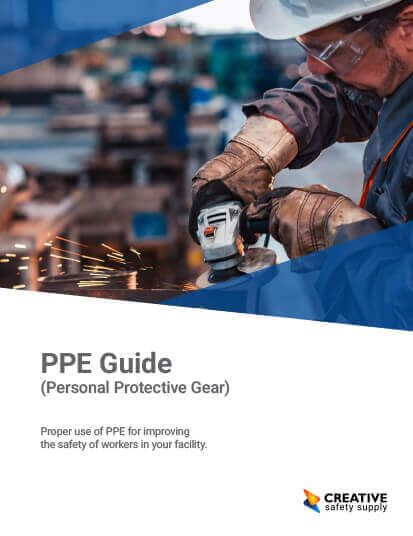
Air-purifying respirators, commonly known an APRs come in handy when working in hazardous environments. They can be seen in situations where healthcare professionals are dealing with infectious diseases, first responders may use them during natural disasters, and more commonly used in occupations that entail working in conditions with high volumes of particulates like dust, vapors, and gases. Overall, APRs are commonly used in the industrial world for chemical, nuclear, radioactive, and biohazard work.
Types of Air-Purifying Respirators
There are several types of APRs that are chosen by employers based on the environment employees are exposed to. The first APR option is the filtering facepiece respirator. These masks only cover the nose and mouth area. This is a type of disposable mask that has several different efficiency levels for varying situations and particle size. To give an example, N95 masks are in this category of APR, many are familiar with it in the construction industry as these masks are only able to filter out dust, mist, and fumes.
Next comes the elastomeric half facepiece respirator. This type of APR is reusable with the replacement of filters or cartridges and protects against vapors, gases and particles, unlike masks similar to N95s.
Next up in efficiency and protection is the elastomeric full facepiece respirator which has a more effective face seal than the previous two options. This mask also includes eye protection as it covers the entire face. The same protection against gases, vapors, or particles applies to this mask but that protection is determined by what filters are used.
Lastly, there is the powered air-purifying respirator PAPR. This mask is the most effective of all four choices of APRs and it doesn’t require fit-testing like all the others if it is a loose fitting PAPR (the tight fitting does require fit-testing). These are not disposable masks, by exchanging the cartridge or filter it can be used again and again to protect against gases, particles, or vapors when the correct filter is used. The best thing about PAPRs is that they are battery powered which makes for low breathing resistance when in use.
Similar Questions
- What does SCBA stand for?
- What are different types of PPE?
- What PPE is recommended for chemical hazards?
- What is in a PPE kit?
- Who regulates PPE?
- Can PPE be shared, reused, or altered?
- What are different types of hand protection?
- What does the Z87 on safety glasses mean?
- What hazards do PPE protect from?
